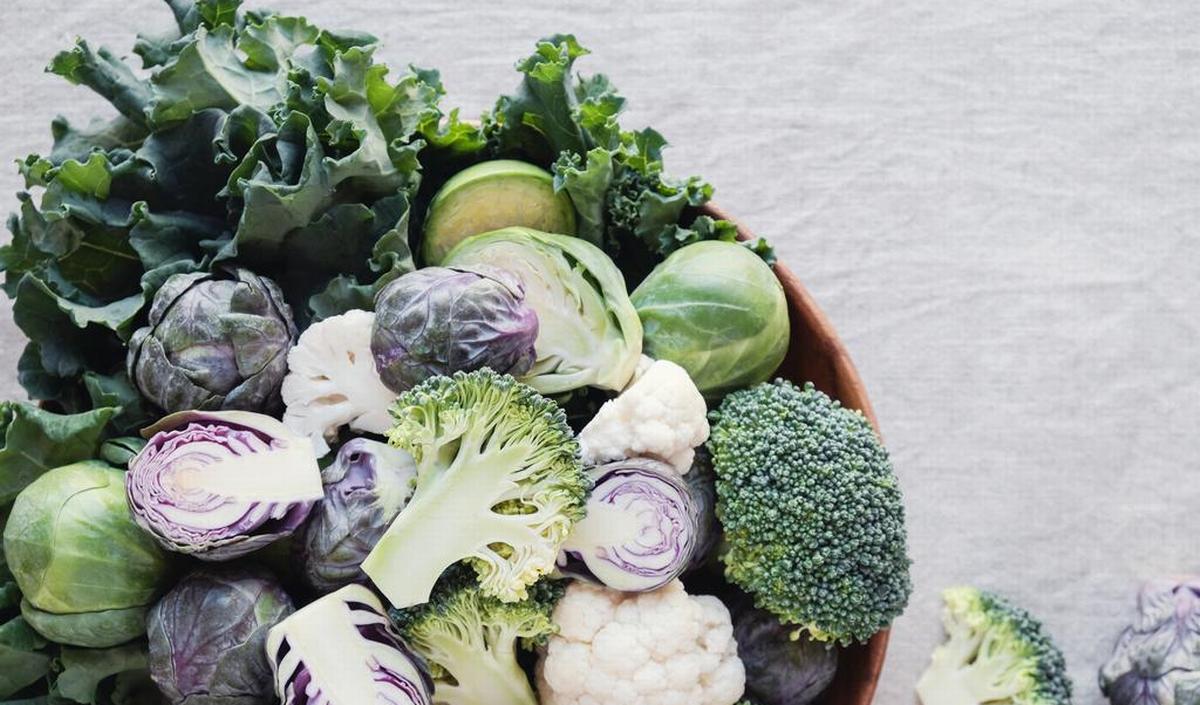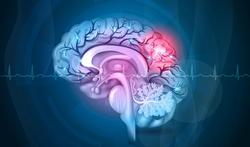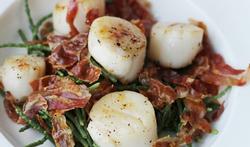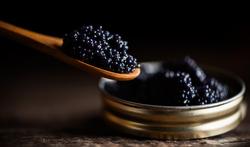Helpt kool tegen hoge bloeddruk?
dossier
Lees ook: Waarom zijn kolen gezonde winterkost?
Wat zijn kruisbloemige groenten?

© Getty Images
Lees ook: Veroorzaken kolen winderigheid of krampen?
Hoe meer kolen, hoe minder risico op hart- en vaatziekten?
Lees ook: Waarom zijn groene groenten zo gezond?
|
Dr. Ir. De Maerteleire: “Meer onderzoek is nodig om het exacte mechanisme te bepalen, maar hypertensie is de belangrijkste risicofactor voor hart- en vaatzieke, waarvan de prevalentie toeneemt met de leeftijd. Van glucosinolaten is aangetoond dat ze de bloeddruk bij dieren verlagen, en die worden bijna uitsluitend aangetroffen in kruisbloemige groenten. Er wordt aangenomen dat deze verbindingen voordelen voor de cardiovasculaire gezondheid vertonen, zoals verminderde glycemische complicaties, verbeterde endotheelfunctie (endotheel = binnenwand van de bloedvaten) en verminderde vorming en progressie van atherosclerotische plaques (dichtslibben van de aders). Bovendien bevatten kruisbloemige groenten ook verschillende andere componenten die de bloeddruk beïnvloeden, zoals nitraat en vitamine K." |
Zijn er onderzoeken bij mensen die het effect van kruisbloemige groenten bevestigen?
- Actieve interventie: vier porties (~ 300 g/dag) kruisbloemige groenten (broccoli, boerenkool, bloemkool en witte kool) in de vorm van twee soepen: één bij de lunch en één bij het avondeten (~ 600 ml soep/dag, ~ 600 kJ/dag).
- Controle interventie: vier porties (~ 300 g/dag) wortel- en pompoengroenten (aardappel, zoete aardappel, wortel en pompoen) in de vorm van twee soepen: één bij de lunch en één bij het avondeten (~ 600 ml soep/dag, ~ 600 kJ/dag).
Lees ook: Recept: roomsoep van groene groenten
Is dat een significant resultaat?
Lees ook: Atherosclerose: sluipmoordenaar die jaarlijks 23.000 slachtoffers maakt
Maar het advies luidt dus wel om extra kruisbloemige groenten te eten?
Lees ook: Wat kan je doen met de stam van bloemkool of broccoli?
Bronnen:
Liu RH. (2013). Health-promoting components of fruits and vegetables in the diet. Adv Nutr.;4(3):384s-s392.
Wallace TC, Bailey RL, Blumberg JB, Burton-Freeman B, Chen CO, Crowe-White KM, et al. (2020). Fruits, vegetables, and health: a comprehensive narrative, umbrella review of the science and recommendations for enhanced public policy to improve intake. Crit Rev Food Sci Nutr.;60(13):2174–211.
Eric De Maerteleire – Veroudering afremmen via voeding – Lang jong en gezond blijven. Manteau, augustus 2024
Connolly EL, Sim M, Travica N, Marx W, Beasy G, Lynch GS, et al. (2021). Glucosinolates from cruciferous vegetables and their potential role in chronic disease: investigating the preclinical and clinical evidence. Front Pharmacol.;12: 767975.
Mazarakis N, Snibson K, Licciardi PV, Karagiannis TC. (2020). The potential use of l-sulforaphane for the treatment of chronic inflammatory diseases: a review of the clinical evidence. Clin Nutr.;39(3):664–75.
Zurbau A, Au-Yeung F, Blanco Mejia S, Khan TA, Vuksan V, Jovanovski E, et al. (2020). Relation of different fruit and vegetable sources with incident cardiovascular outcomes: a systematic review and meta-analysis of prospective cohort studies. J Am Heart Assoc.;9(19): e017728.
IARC Working Group of the Evaluation of Cancer Preventive Strategies (2003). Cruciferous vegetables, isothiocyanates and indoles. Lyon, France.
Aune D, Giovannucci E, Boffetta P, Fadnes LT, Keum N, Norat T, et al. (2017). Fruit and vegetable intake and the risk of cardiovascular disease, total cancer and all-cause mortality-a systematic review and dose-response meta-analysis of prospective studies. Int J Epidemiol.;46(3):1029–56.
Joshua D Chandler, Brian J Day (2012). Thiocyanate: a potentially useful therapeutic agent with host defense and antioxidant properties. Biochem Pharmacol.; Dec 1;84(11):1381-7.
Wang Q, King L, Wang P, Jiang G, Huang Y, Dun C, et al. (2022). Higher Levels of urinary thiocyanate, a biomarker of cruciferous vegetable intake, were associated with lower risks of cardiovascular disease and all-cause mortality among non-smoking subjects. Front Nutr.;9.
Oliveros E, Patel H, Kyung S, Fugar S, Goldberg A, Madan N, et al. (2020). Hypertension in older adults: assessment, management, and challenges. Clin Cardiol.;43(2):99–107.
Connolly EL, Sim M, Travica N, Marx W, Beasy G, Lynch GS, et al. (2021). Glucosinolates from cruciferous vegetables and their potential role in chronic disease: investigating the preclinical and clinical evidence. Front Pharmacol.;12: 767975.
Agagündüz D, Sahin T, Yilmaz B, Ekenci KD, Duyar Özer S, Capasso R. (2022). Cruciferous vegetables and their bioactive metabolites: from prevention to novel therapies of colorectal cancer. Evid Based Complement Alternat Med.;2022:1534083.
Blekkenhorst LC, Sim M, Bondonno CP, Bondonno NP, Ward NC, Prince RL, et al. (2018). Cardiovascular health benefits of specific vegetable types: a narrative review. Nutrients.;10(5).
Connolly EL, Bondonno CP, Sim M, Radavelli-Bagatini S, Croft KD, Boyce MC, et al. (2020). A randomised controlled crossover trial investigating the short-term effects of different types of vegetables on vascular and metabolic function in middle-aged and older adults with mildly elevated blood pressure: the VEgetableS for vaScular hEaLth (VESSEL) study protocol. Nutr J.;19(1):41.
Rahimi K, Bidel Z, Nazarzadeh M, Copland E, Canoy D, Ramakrishnan R, et al. (2021). Pharmacological blood pressure lowering for primary and secondary prevention of cardiovascular disease across different levels of blood pressure: an individual participant-level data meta-analysis.
Lancet;397(10285):1625–36.















